Smithville, Texas
One of my favorite things to do is to step back in time by visiting historic small towns. Texas has many small towns scattered across the state. They were often established along rivers or railway lines. Such was the case with Smithville, Texas. Although a doctor founded the town and built the first house and store, the town was named after William Smith, who arrived several years later. The town population grew quickly when a local businessman made a deal with a railroad by gifting land to build a depot at a new town site. Almost overnight, the town blossomed and flourished.
Smithville is located just off Highway 71, about halfway between Austin and Columbus, Texas. When we visited there, our first stop was the Railroad Museum at the end of the main street where we learned about the disaster of 1911.
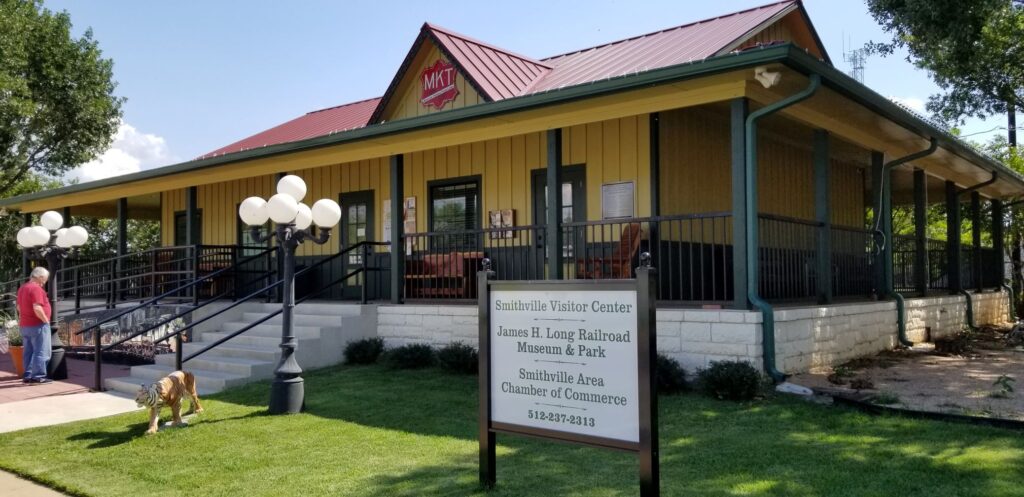
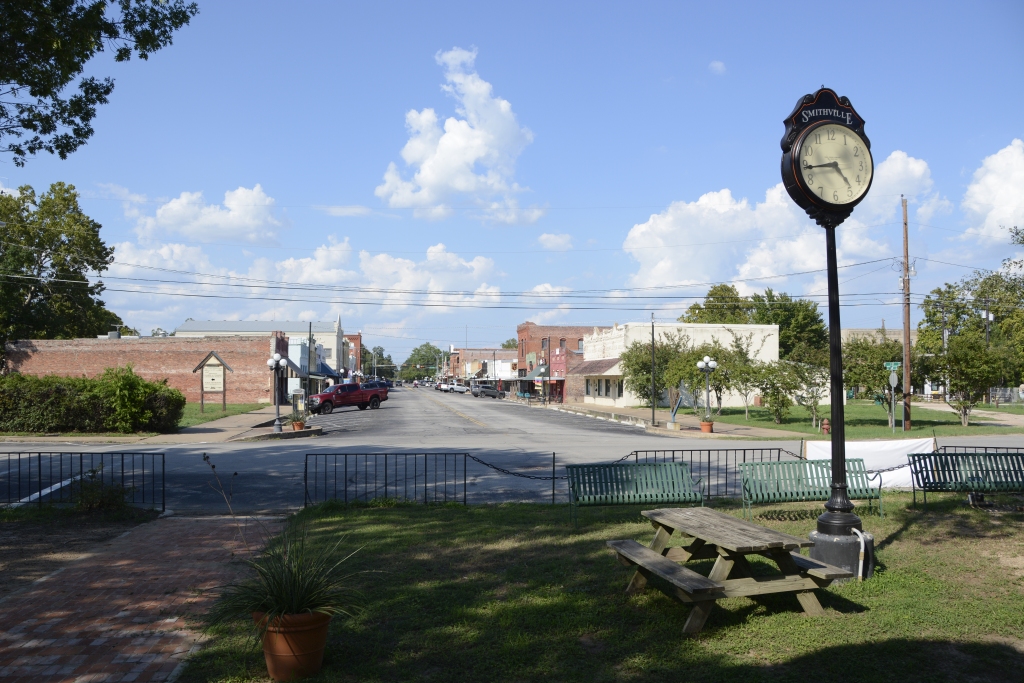
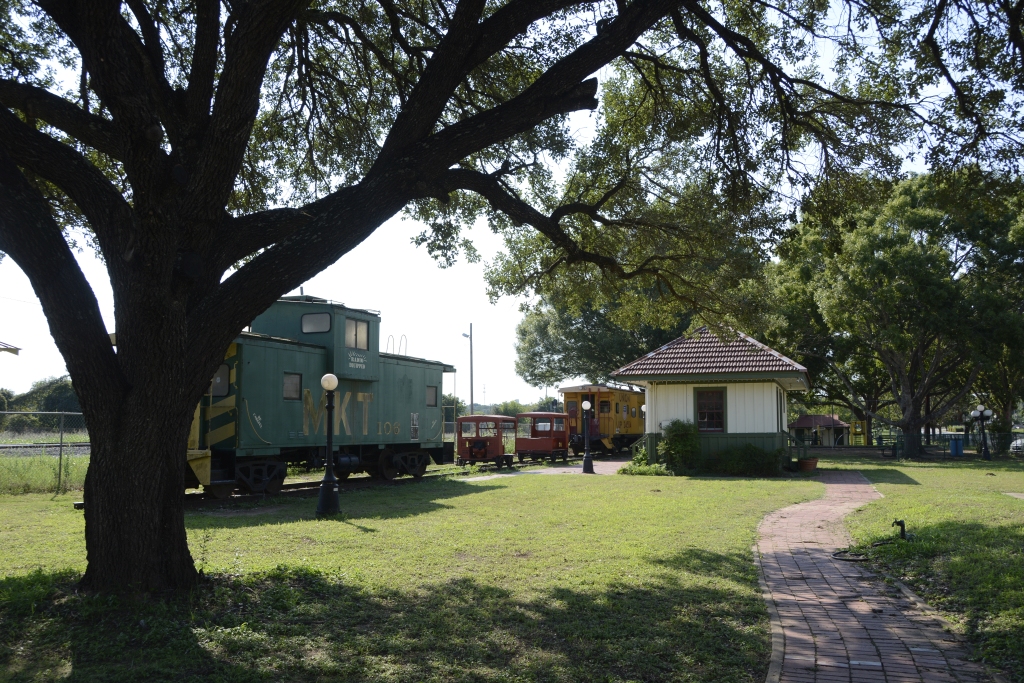
On February 8, 1911, a switch engine’s boiler exploded. The engine was building up steam in preparation to make a run to another town. The explosion sent the roof sheet metal of the firebox hurtling a distance of three blocks where it landed in the street. Smaller pieces flew twice that distance. Four people were killed and twelve more were injured.
Today a Railroad Park surrounds the Museum showcasing railroad cars from the past. In the garden is a sculpture with a piece of the iron from the engine that exploded.
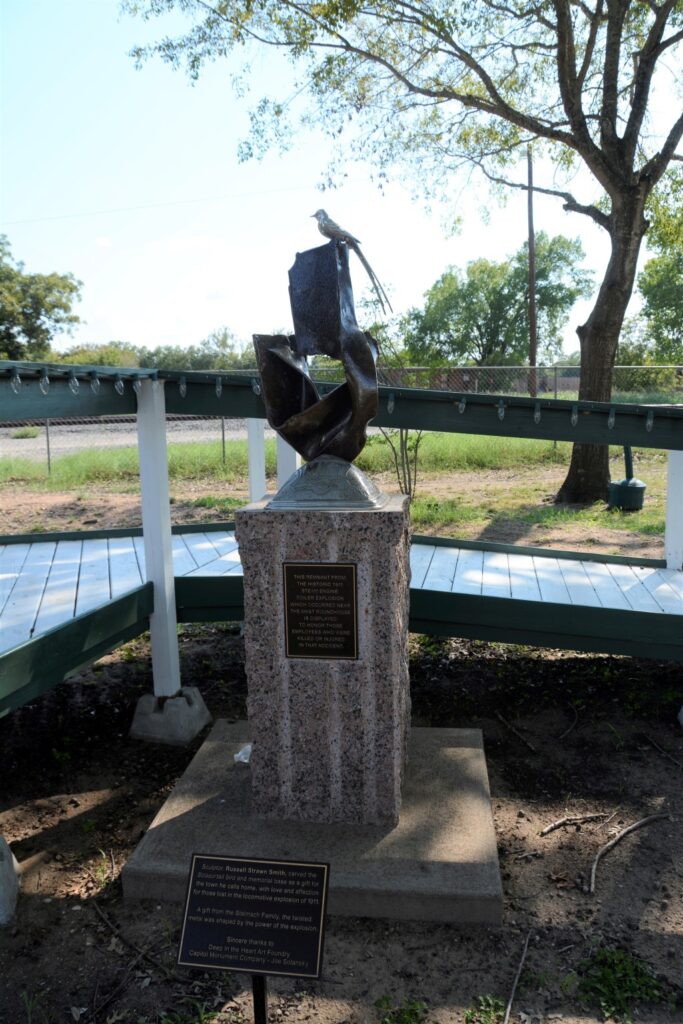
As we drove around the town, we saw many old stately homes. One of the homes had a carriage step by the street. Carriage steps were to help people getting in and out of their carriages or on and off a horse.
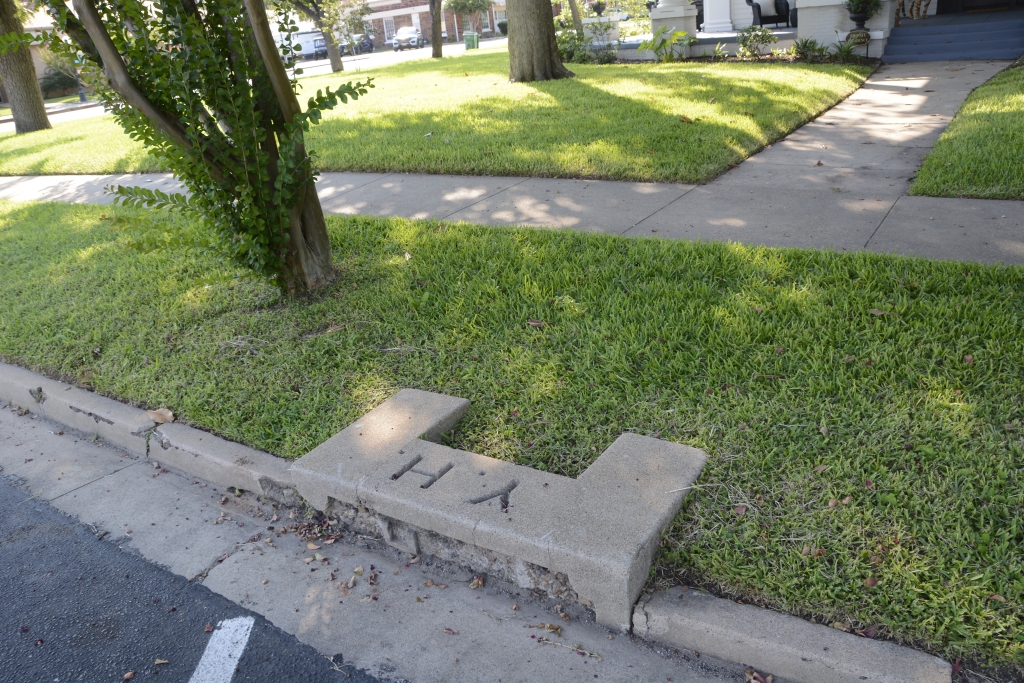
There were plenty of old style houses around the town. The ones with columns and covered porches were especially beautiful. While some had neatly kept yards, others looked neglected.
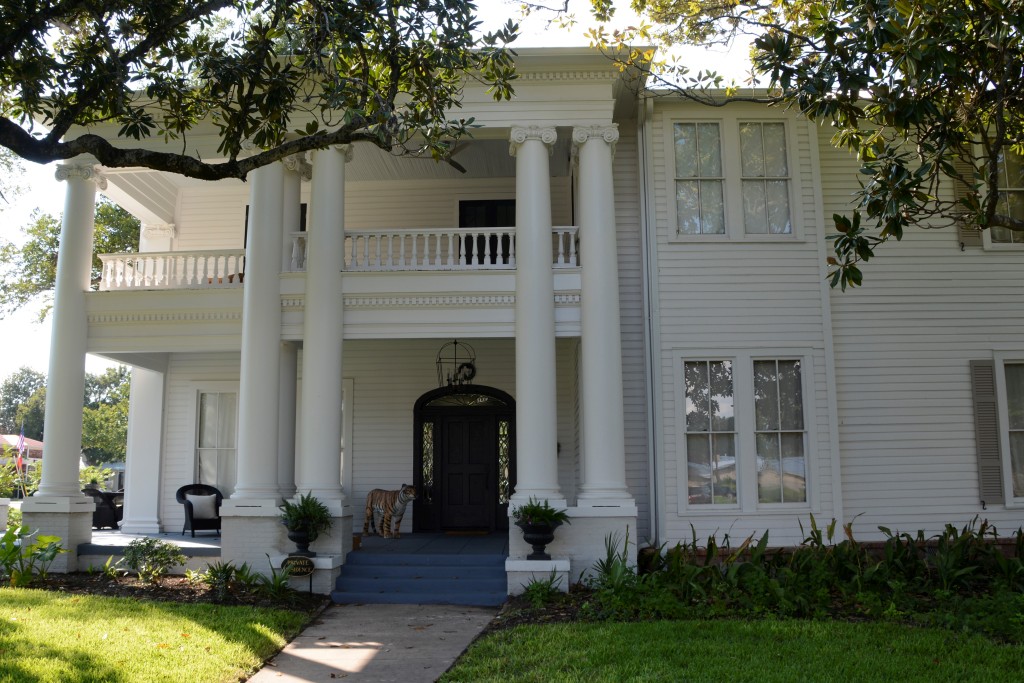
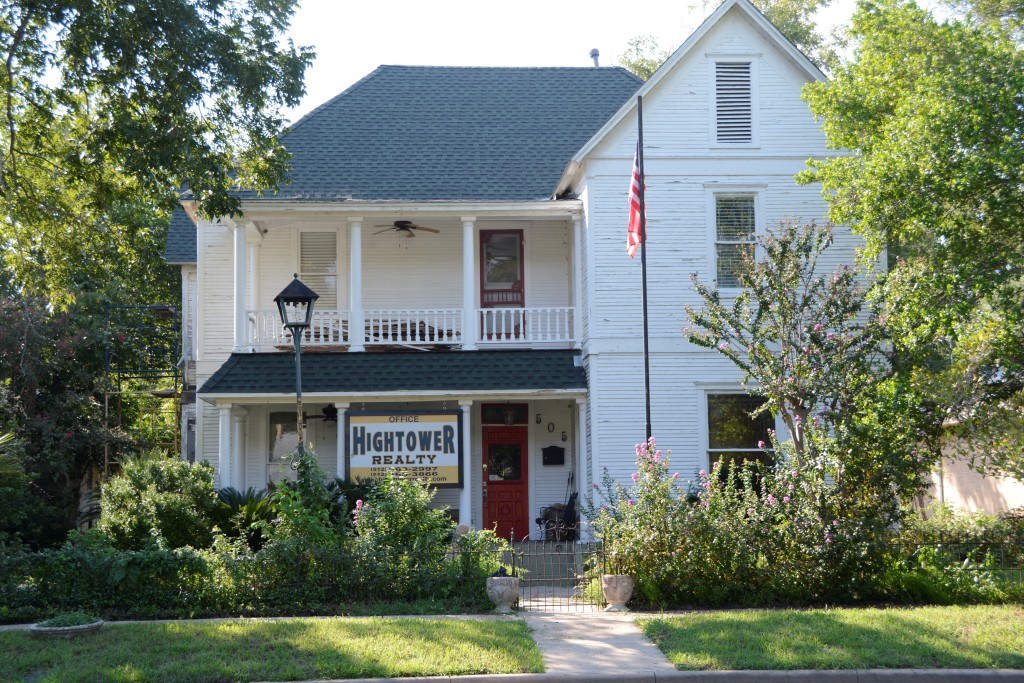
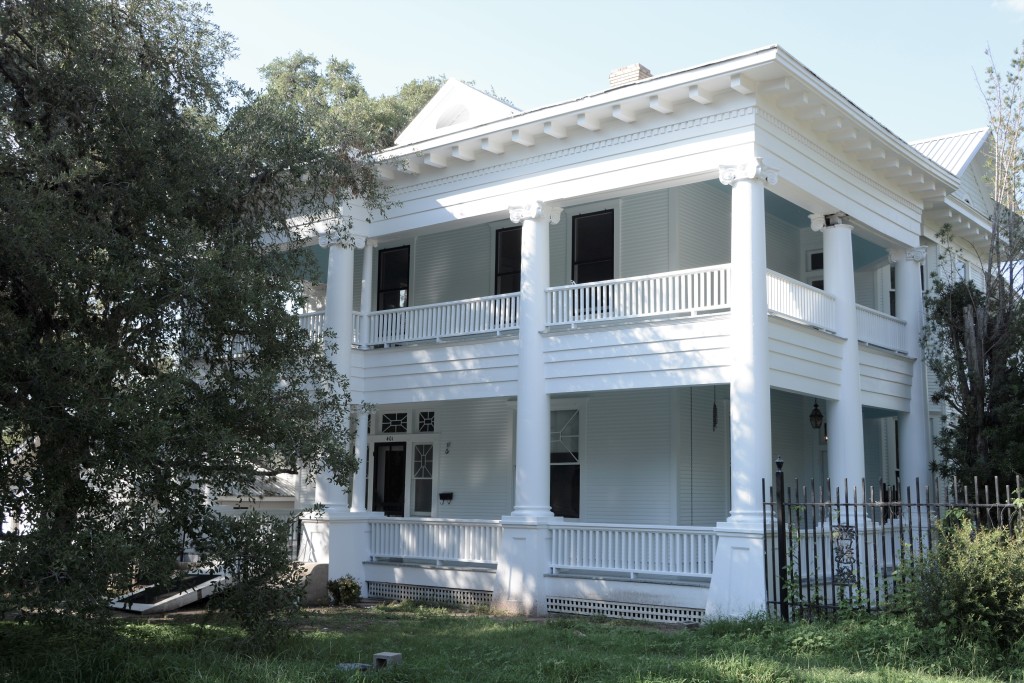
The house shown below is where the movie “Hope Floats”, a 1998 drama starring Sandra Bullock, was filmed. Smithville prides itself on being a film-friendly destination. They even publish a map for tourists showing the locations where dozens of movies were filmed.
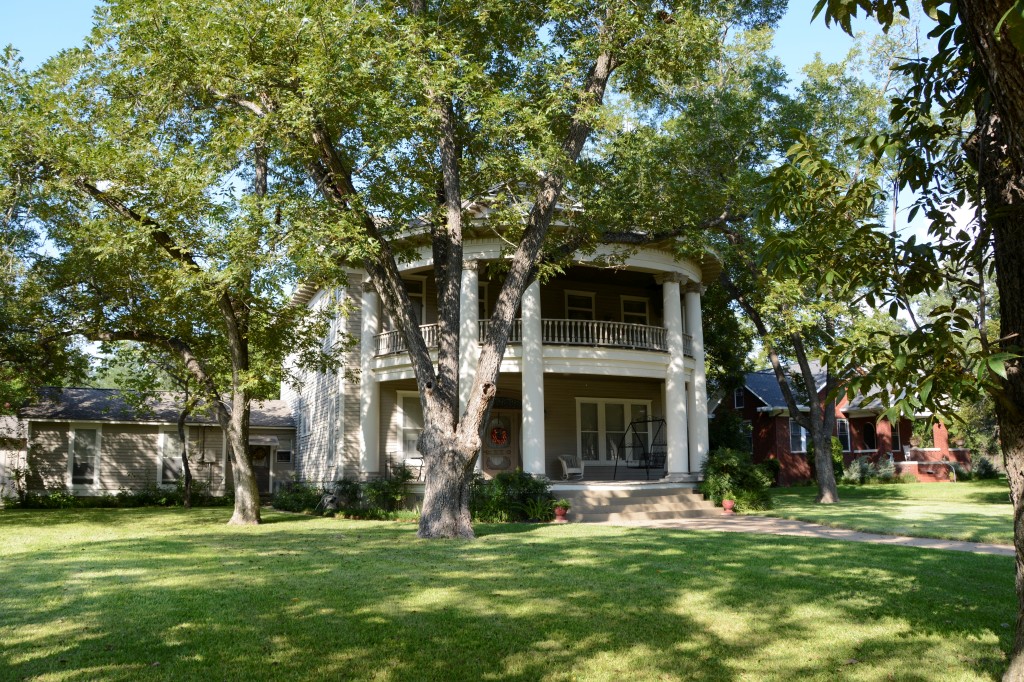
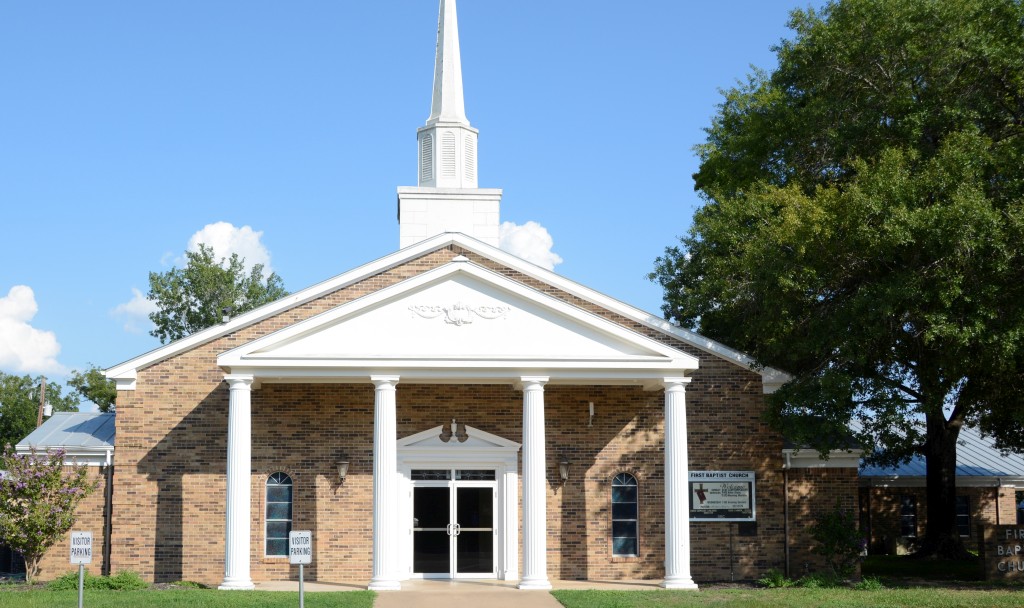
Fayetteville, Texas
About halfway between Houston and Austin is the town of Fayetteville in the county of Fayette. It is not, however, the county seat. It was named after Fayetteville, North Carolina, a town which we’ve also passed through in our travels.
The county of Fayette is named after General Lafayette, the Revolutionary War hero. Its county seat, La Grange, is named after General Lafayette’s castle in France, Chateau de la Grange-Bleneau. The Marquis de Lafayette fought with the Americans and aided the cause of the American Revolution. La Grange is where we do most of our grocery shopping when we’re staying in Columbus, Texas.
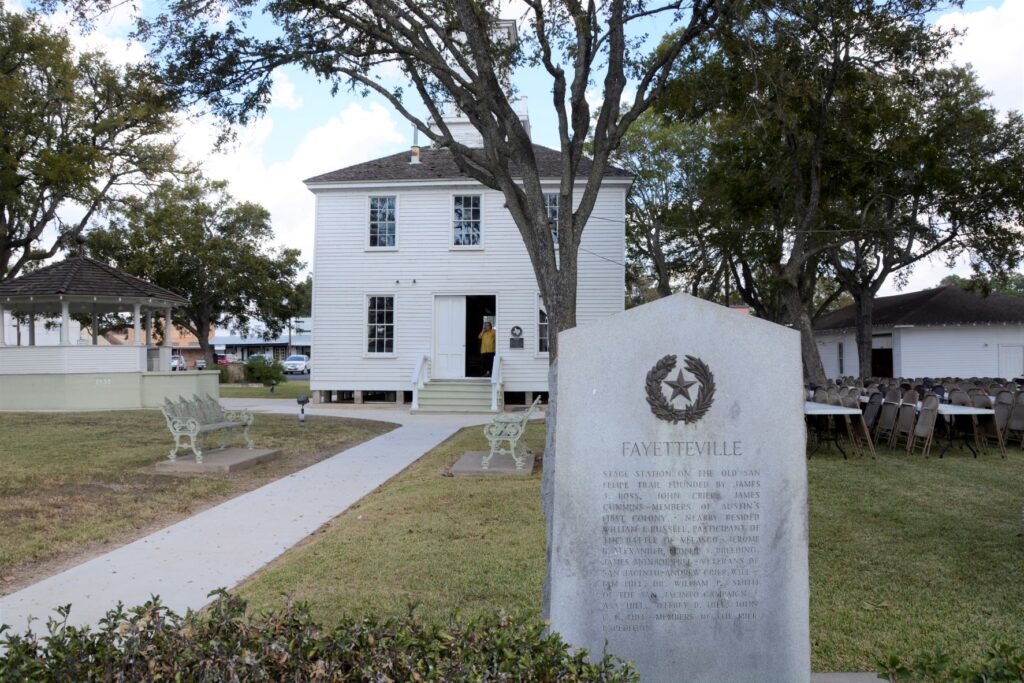
At the center of Fayetteville is the historical courthouse and town square. The day we visited, the town was getting ready for their chili feed the next day. The courthouse is a two-story structure. The first floor is the original courthouse, while the second floor houses the old jail.
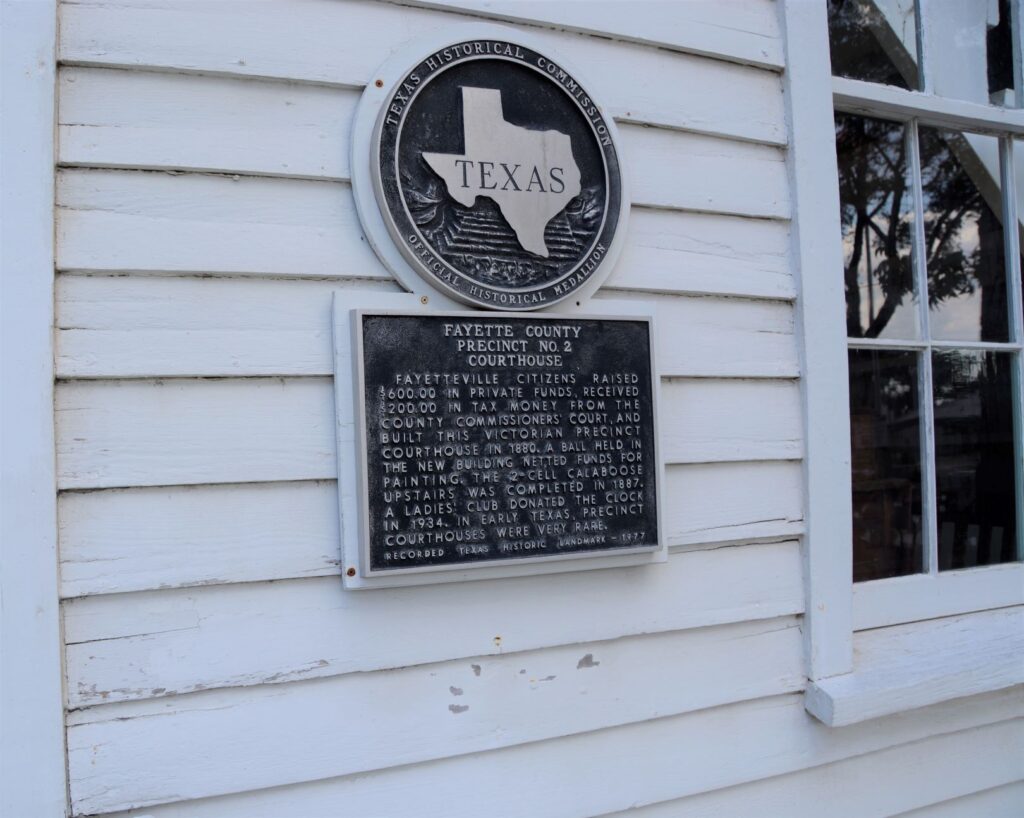
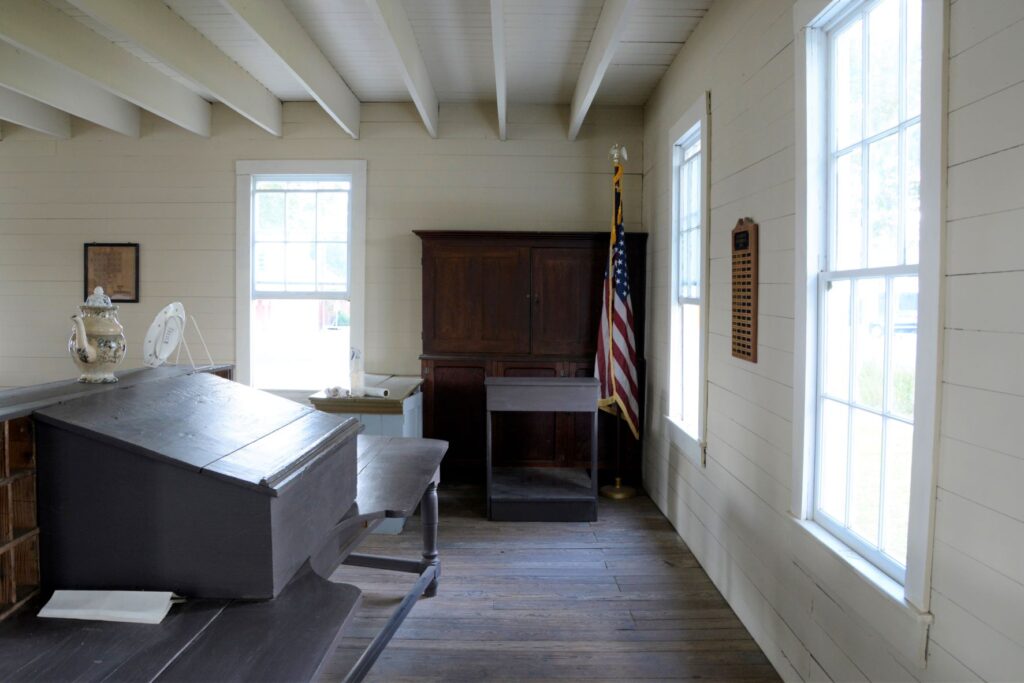
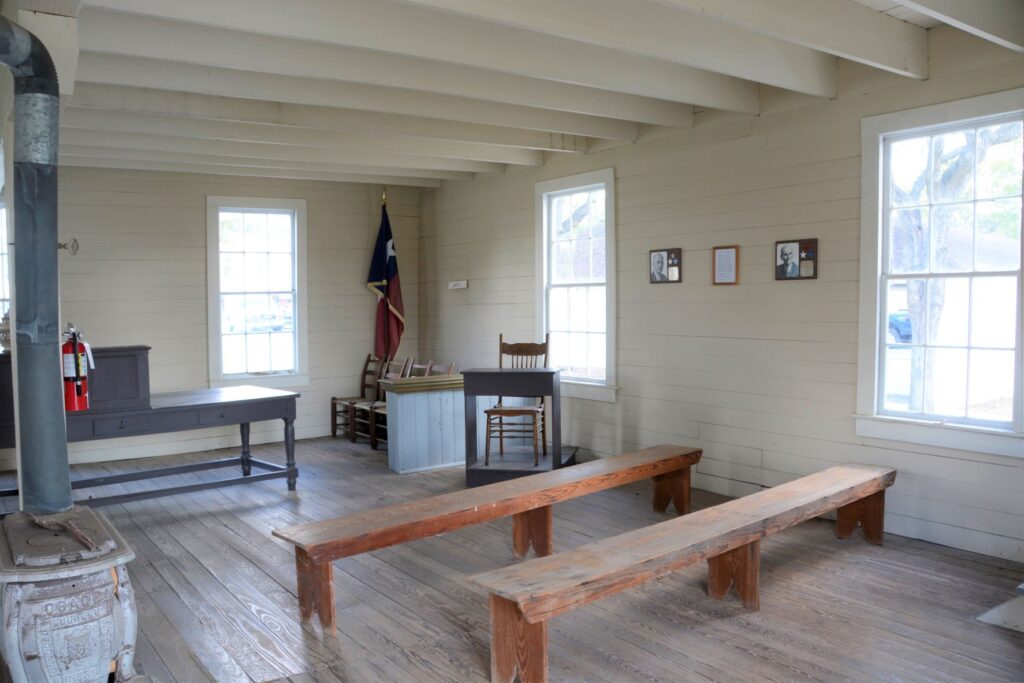
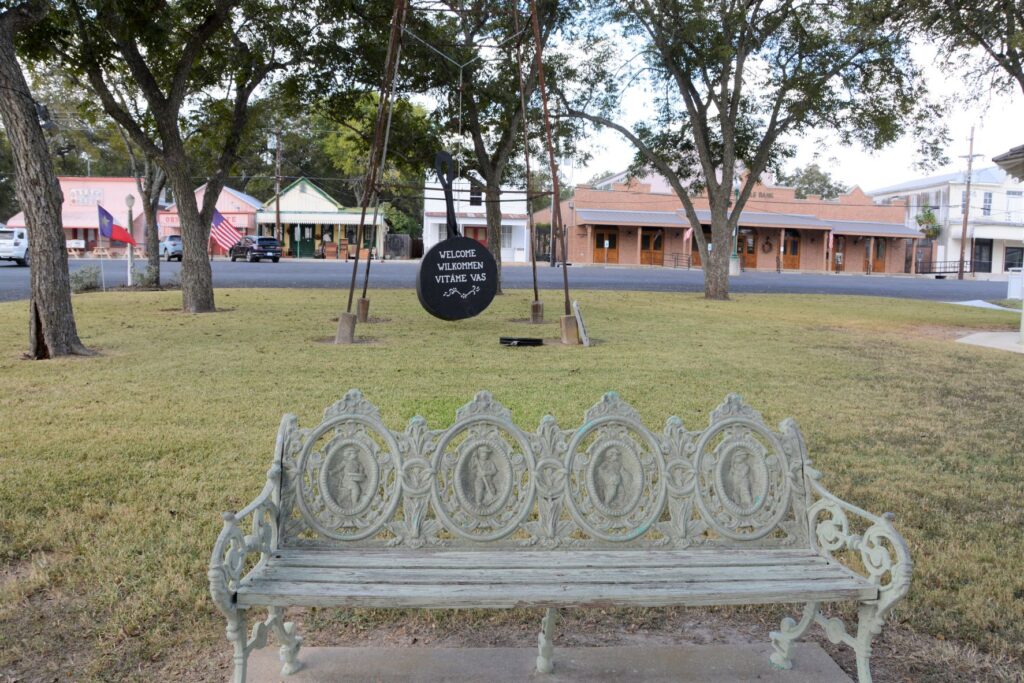
Much of Fayetteville’s population is from German and Czech ancestors. The Texas BBQ menus almost always offer sausages as well as the usual brisket and ribs. This is from the Czech and German influence.
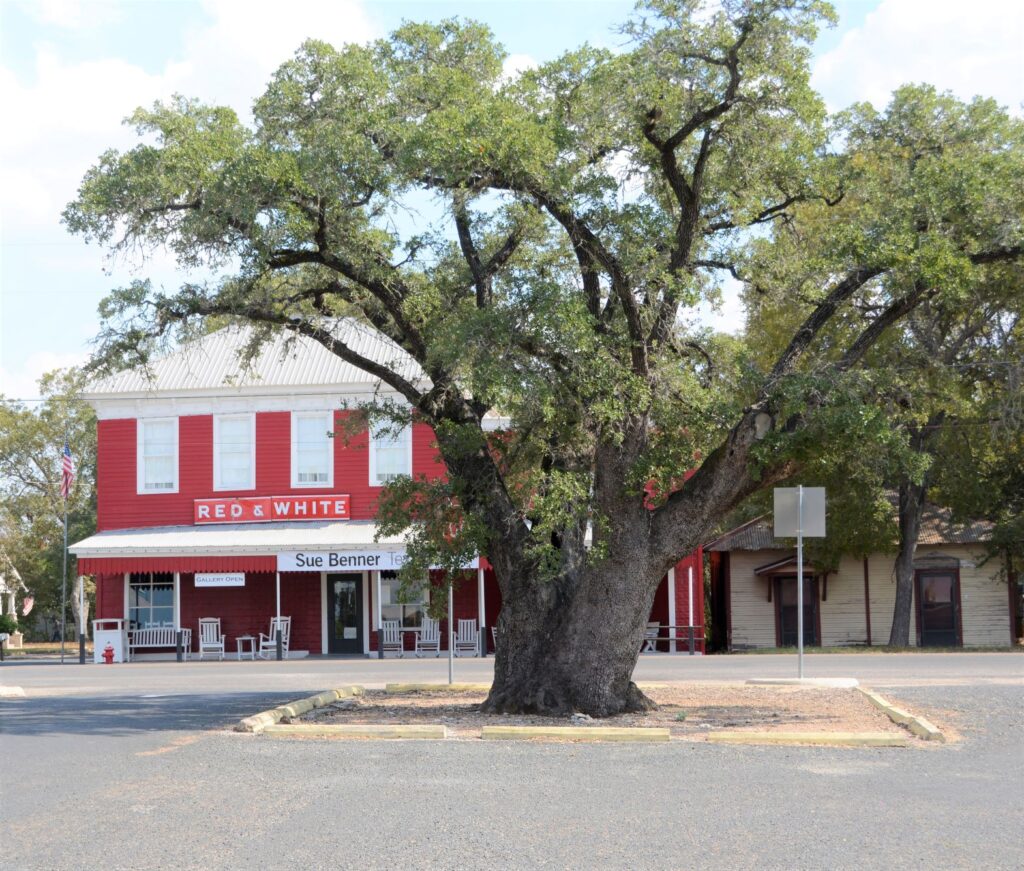
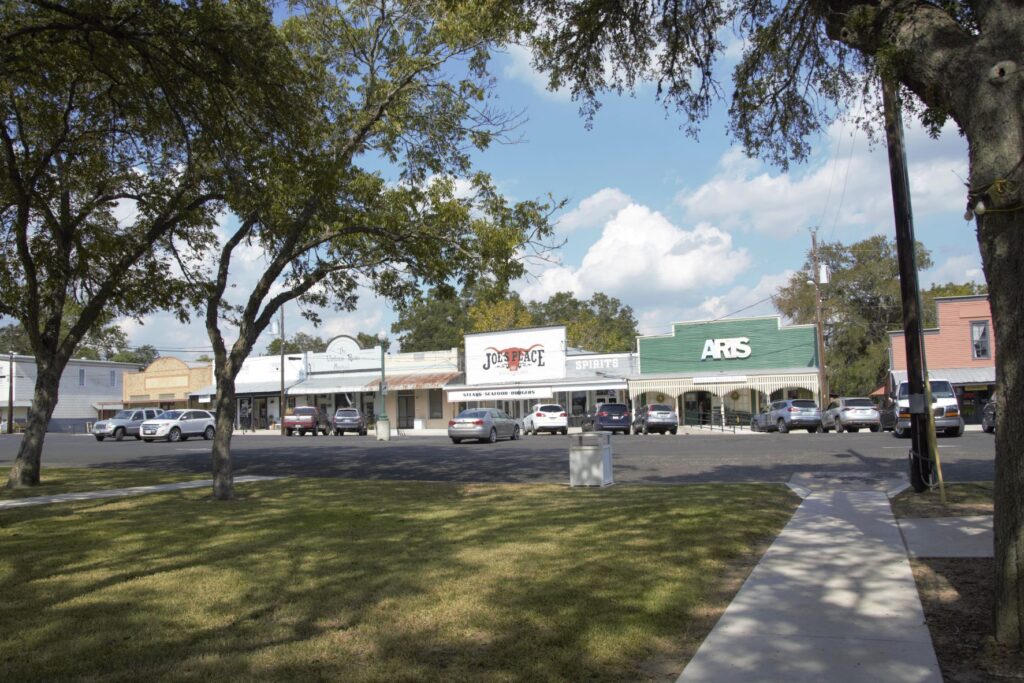
We wandered into an art gallery off the town square. Fayetteville is kind of an artsy place. They have programs encouraging children of the county and other counties to explore the arts. The featured artist in the gallery at the time was a renowned forensic reconstruction artist. Her paintings and sculptures were on display.
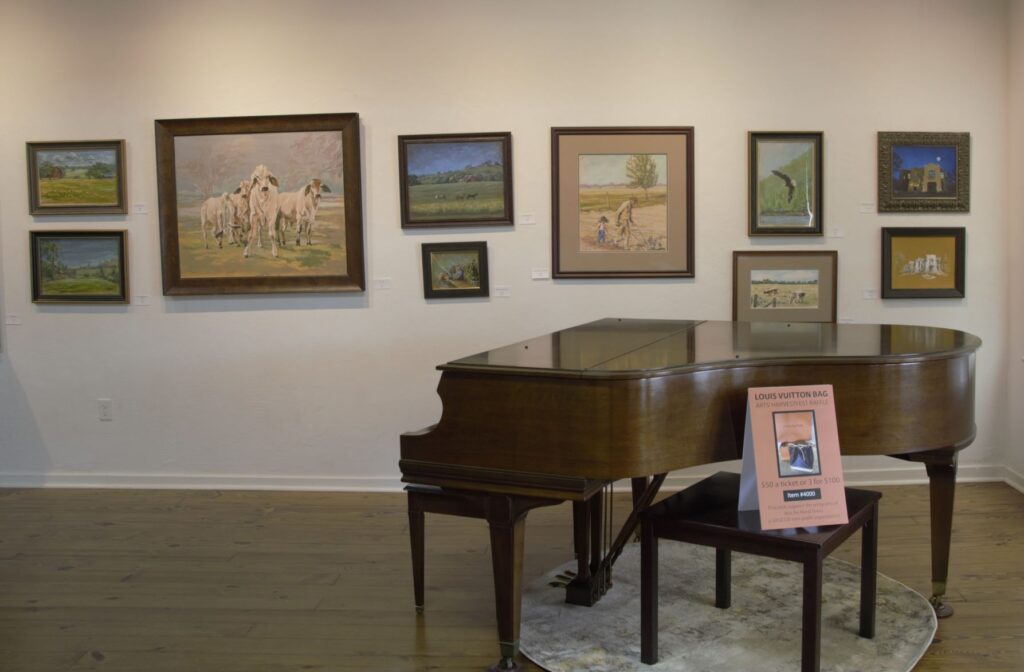
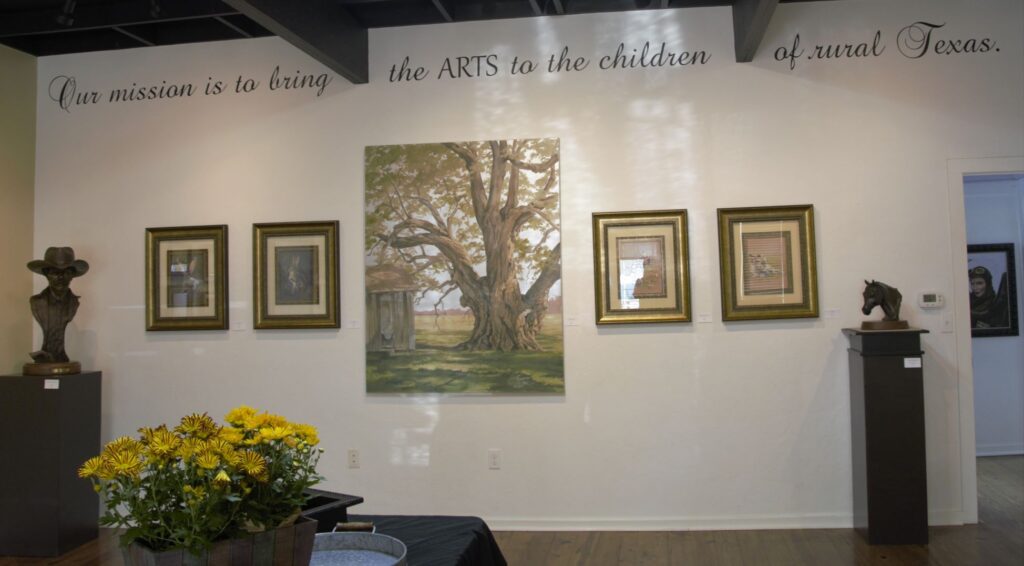
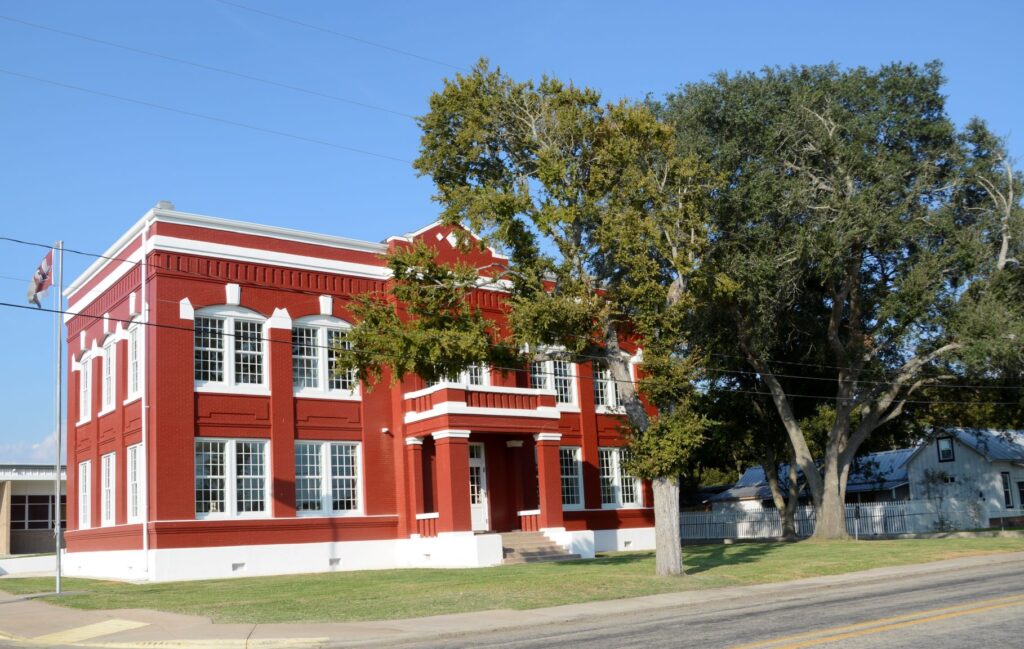
The high school sits at the edge of town. In front of the current high school sits the newly refurbished 110 year old schoolhouse. A new library resides in the downstairs and upstairs houses the district administrative offices.
As we drove out of the town, we saw this pretty church with a silver steeple. It was locked, so we couldn’t see the interior.
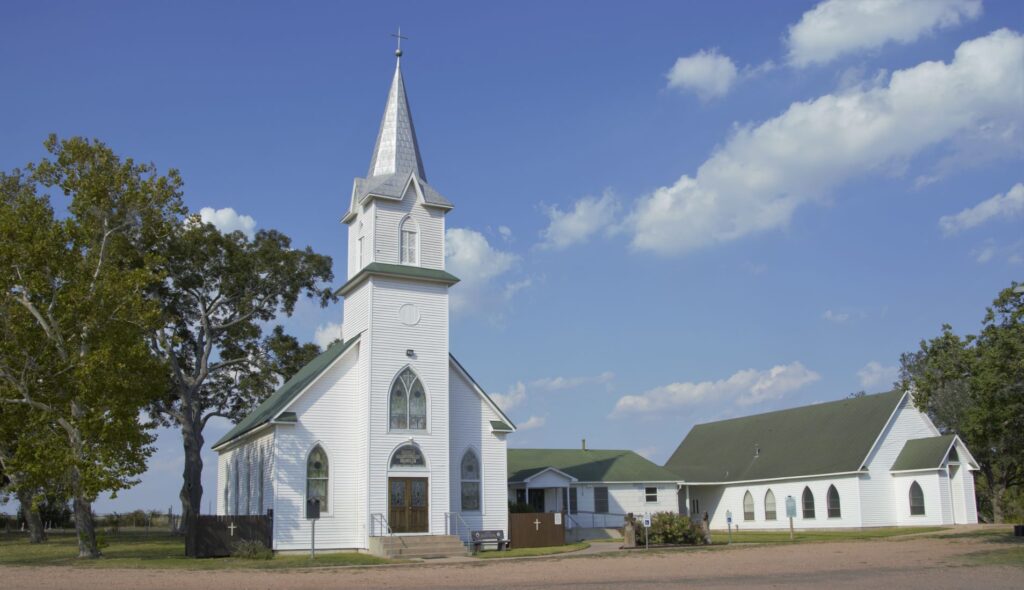
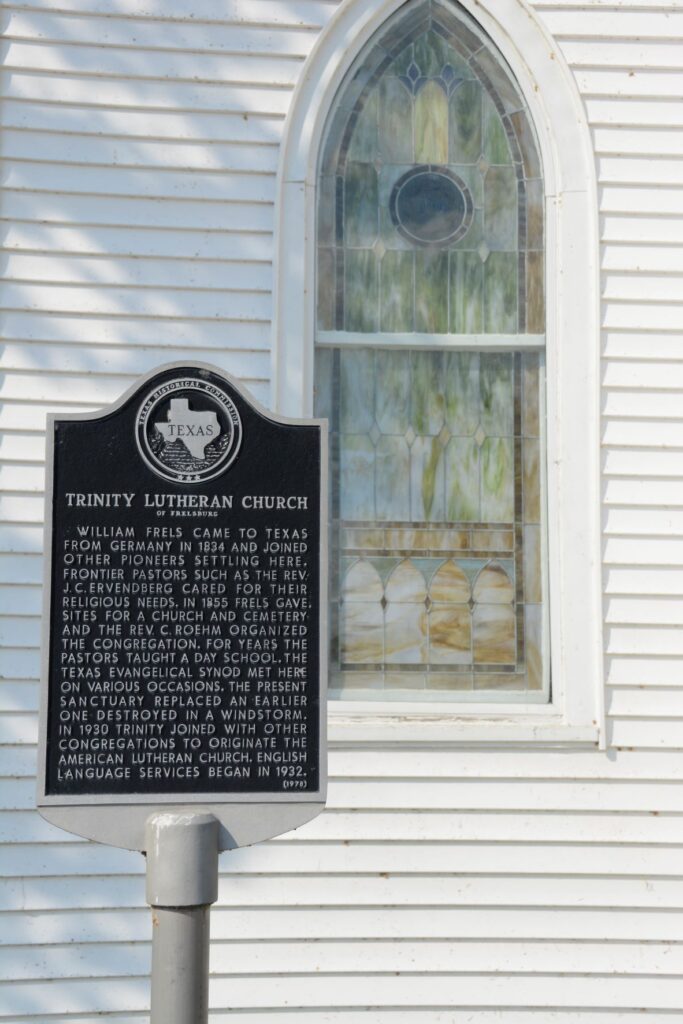
We drove on some back roads through some other small towns including Industry and New Ulm. These towns were very small with perhaps a store and a few houses. Ellinger was another small town which was on our way home. It has a very busy Czech restaurant and bakery where we stopped and bought some of their delicious kolatches. (pastries with fruit fillings) It is on the highway between Columbus and La Grange.
I feel at home in small towns, having lived on the outskirts of one for many years in California. The people are usually friendly even if they know you’re not a local. The pace of life is slower. The roads are narrower. The views are peaceful. Cows graze in the fields. Barns and farmhouses bring thoughts and memories to mind of childhood visits to farms of relatives in Indiana. In short, it’s a relaxing way to spend an afternoon.
These are just a few of the small towns we have visited in Texas. With 254 counties, there are many more interesting small towns scattered across the vast state, enough to keep us busy for a long, long time!
